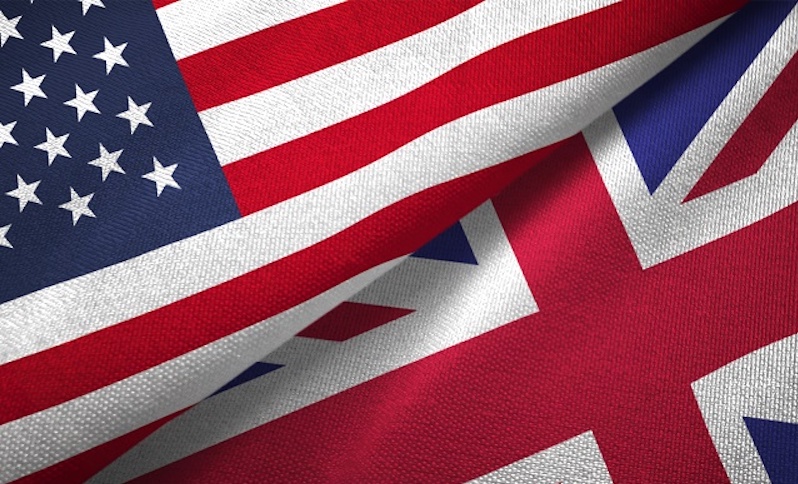This was one of the threads to be pulled out of the panel discussion on geopoltical threats at this year’s Portfolio Adviser Autumn Congress.
Andrew Lake of Mirabaud said that while there have been an awful lot of geopolitical problems this year, trying to react to them all is futile. “You just end up chasing your tail,” he said.
“We’re here to take longer term views, and I think the market is a little shorter term in its outlook these days. The efficiency with which one can put on or take off trades, with the liquidity provided by ETFs and such, means that the market is more volatile in these kinds of situations,” he added.
Focusing in on a few of the specific flashpoints also yielded a slightly different view than the ones typically espoused.
China
Starting with China, and the potential threat posed by its growing military activity in the South China Sea, Martyn Hole of Capital Group explained that the threat from China springs less from its military activity and more from the potential for a fundamental policy mistake.
He said: “China cannot grow at 8% for the next ten years, they’ve reached what’s called a Lewis Tripping Point, and the growth rate has to slow down, for all sorts of reasons. Now, if they try to pursue an aggressive growth policy, because they’re worried about social unrest within China, they’re going to make a massive policy mistake. The same mistake that Taiwan and Korea made in the 1980s. They have to accept that their growth rate over the next ten years is more likely to be 4% to 5%.If they pursue policies to ‘keep the show on the road’ then there’s likely to be a big problem for them, and a big problem for us, in about ten years’ time.”
In fact, Hole said China’s economy is likely already growing slower than the published statistics would suggest, but added that a level of 4 or 5% is still pretty good when compared to much of the rest of the world.
Nordea’s Ting Cheng agreed that growth rates in China will start to come down. She said that she expects it to be a gradual decline from current levels around 7.5% toward 6.5%.
But, she added: “From an investor point of view, I’m fine with 3% or 4% aggregate growth, because for us, as an investor, that’s not what we’re focused on. We’re trying to find specific pockets of growth and generate shareholder return.”
Marco Ruijer, portfolio manager at ING said that from ING’s point of view a soft landing was preferable to the country trying to do 7.5% no matter what and then coming up short.
“But,” he added: “one must also bear in mind that over the last ten years the GDP of China has more than doubled. So, from that perspective, there is still way more demand than ten years ago. The important part is that the country’s economy rebalances properly.”
Russia
With regards Russia and the conflict in the Ukraine, Ruijer said it was a threat to Europe’s nascent recovery.
“It can impact significantly on global growth if it really escalates. There’s only a fragile recovery this month in Europe, so that will be jeopardised, and there will be another European recession that could really have an impact on risk aversion.”
Lake, agreed that were sanctions to escalate and Russian President Vladimir Putin turned off gas supplies to Europe, that would have a significant impact on the European economy, but he said from a rational point of view, Putin was unlikely to turn off the gas.
That said, he added: “We’ve been quite cautious on Europe anyway, because of the low growth, and the fact that the stimulatory measures, to date, have been insufficient to get the economy going. Would we sell out of Europe completely? No, because we don’t know what’s going to happen, but I think, as an investor, you just have to try and minimise your risk in an uncertain environment.”










